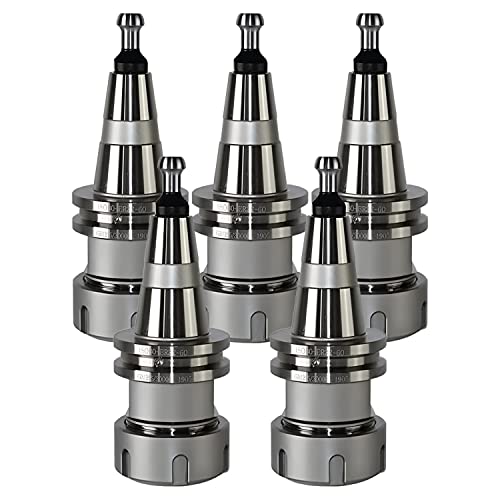goldstar31
Well-Known Member
Sorry to break in on a very interesting discussion about joints and so on. Don't get me wrong, I am most interested. I've got a belt sander and another belt sander and so on.
But it started off 'belt sanding' lathe tools. I'm not an advocate of such things and techniques. I'm capable of getting quite hot under the collar but you have a disk sander part of the set up- with a protractor. Right?
If you tip the table or make a couple ( say 10 and 5 degrees) of plates( wood?) you can do far better lathe tools.
My bit of thinking.- well, not really because I bought a lathe ( a baby Zyto) from the estate of an expert of Gauge 1 locos. He had used an emery disk stuck on a plywood disk on the lathe faceplate.
So regards
Norman
But it started off 'belt sanding' lathe tools. I'm not an advocate of such things and techniques. I'm capable of getting quite hot under the collar but you have a disk sander part of the set up- with a protractor. Right?
If you tip the table or make a couple ( say 10 and 5 degrees) of plates( wood?) you can do far better lathe tools.
My bit of thinking.- well, not really because I bought a lathe ( a baby Zyto) from the estate of an expert of Gauge 1 locos. He had used an emery disk stuck on a plywood disk on the lathe faceplate.
So regards
Norman





















![TurboCAD 2020 Designer [PC Download]](https://m.media-amazon.com/images/I/51UKfAHH1LL._SL500_.jpg)
































![DreamPlan Home Design and Landscaping Software Free for Windows [PC Download]](https://m.media-amazon.com/images/I/51kvZH2dVLL._SL500_.jpg)














